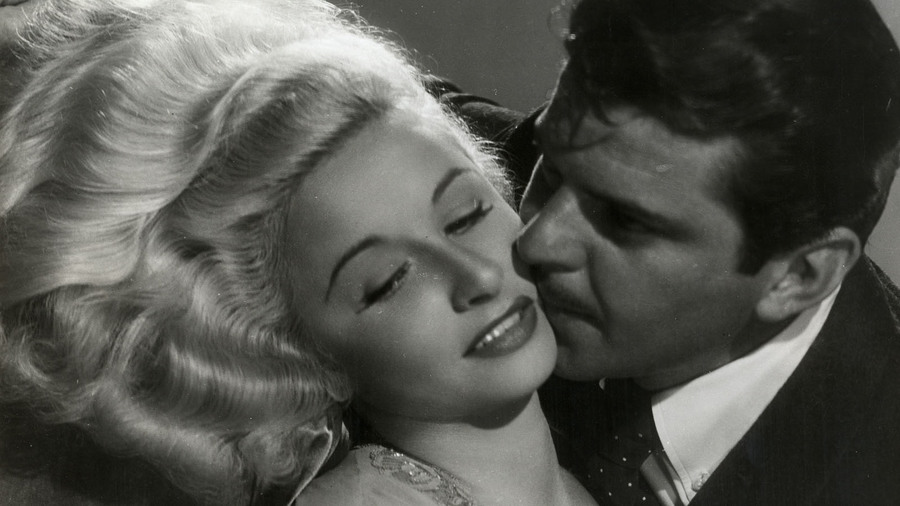
The first half of the series Martin Scorsese Presents Republic Rediscovered: New Restorations from Paramount Pictures, organized by Dave Kehr, a curator in the Museum of Modern Art’s Department of Film in association with Scorsese’s Film Foundation and Paramount Pictures, which is currently restoring the Republic library, opens today and runs through February 15. The dates for the second half: August 9 through 23. “Republic Pictures was what was known as a ‘poverty row’ studio, but what their pictures lacked in resources and prestige they made up for in inventiveness, surprise, and, in certain cases, true innovation,” says Scorsese in MoMA’s introduction.
“Everything screening is either a new preservation courtesy of Paramount or an archival 35 mm print,” notes Gina Telaroli. “Over the past year, through working on the series and cutting the series trailer, I’ve become deeply familiar with the program,” and she introduces each of the fourteen films screening over the next two weeks at MUBI’s Notebook. Accompanying her enthusiastic and perceptive remarks are samples of the image essays she’s been posting at the Republic Rediscovered tumblr.
At Screen Slate, Caroline Golum interviews Telaroli, who sketches a history of Republic, founded in 1935, when Herbert J. Yates “combined six smaller poverty row studios—Monogram, Mascot, Majestic, Liberty, Chesterfield, and Invincible. . . . Every time I watch a new Republic film, it just feels like there is a larger chance to see something different or weird or to discover something or someone new. When you’re making smaller genre films, directors can often work in new ideas or try new things, because the formula still remains intact and makes the film viable. The history of the studio is fascinating though, and for anyone who is interested, I recommend tracking down Jack Mathis’s masterwork Republic Confidential: Volume 1: The Studio, an insanely in-depth book about every possible aspect of the studio. Regardless of one’s interest in Republic, it’s an amazing book about what it takes to make movies, then or now. It might just be the best guide to filmmaking out there.”
“The dirty secret behind Hollywood is that during the Depression the industry was largely funded by B-movies,” writes Daniel Eagan, previewing the series for Film Journal International. “Although westerns dominated Republic’s schedule, the studio released films of all types, from thrillers to musicals, coming-of-age dramas, romances and comedies. And while Yates kept a tight rein over costs, occasionally he would allow more expensive projects. For these he might borrow A-list filmmakers from other studios. Like John Ford, who talked Yates into backing The Quiet Man in exchange for some additional westerns. . . . Directors in the MoMA series include some of cinema's earliest innovators, like Allan Dwan,” whose “style is so basic as to seem invisible, but he treats his characters with uncommon sympathy and compassion.”
Image at the top: John H. Auer’s The Flame (1947), courtesy of MoMA. For news and items of interest throughout the day, every day, follow @CriterionDaily.
from The Criterion Current http://ift.tt/2nrizzO
Nessun commento:
Posta un commento